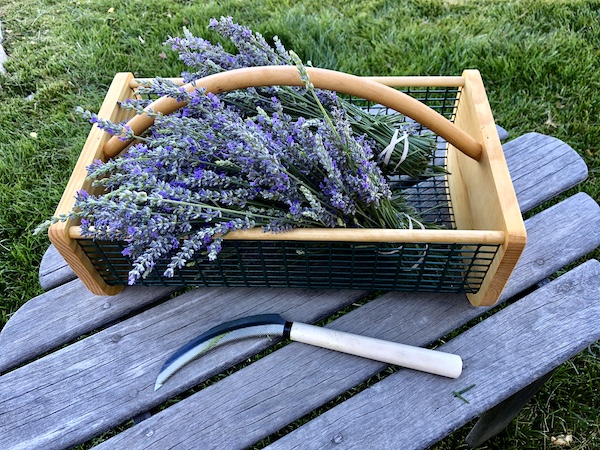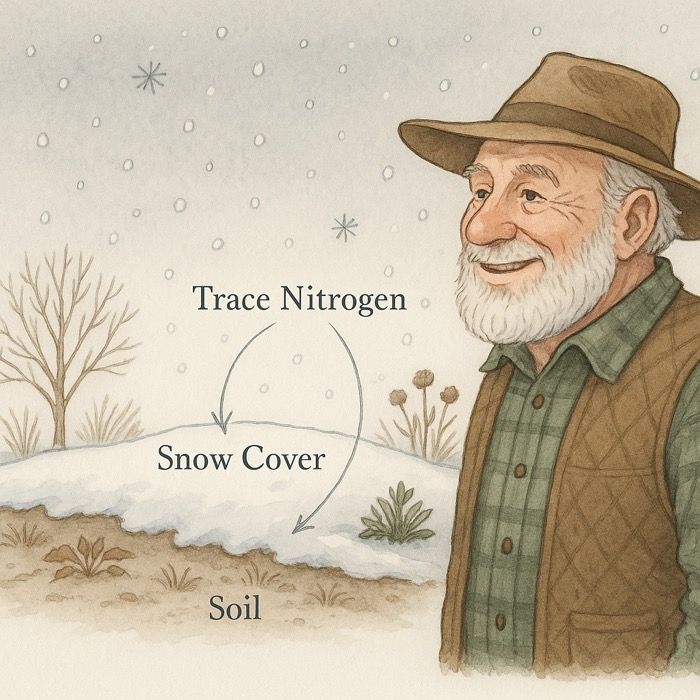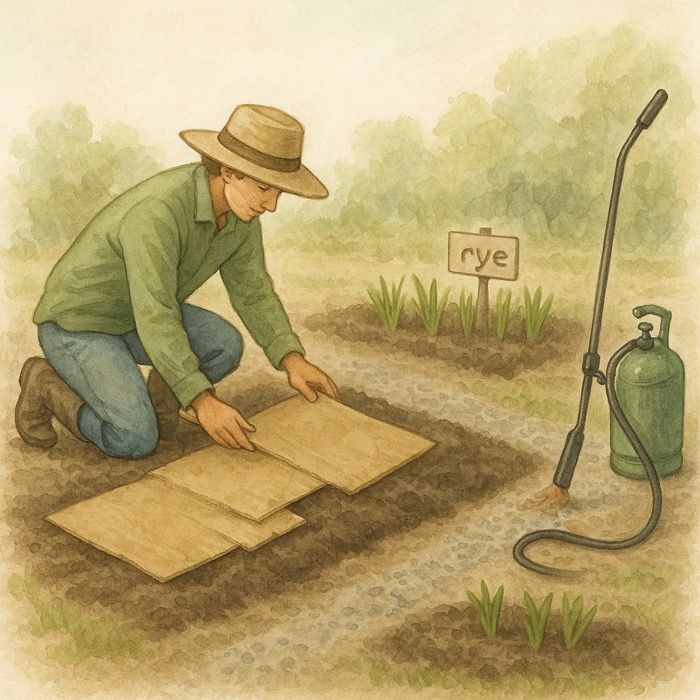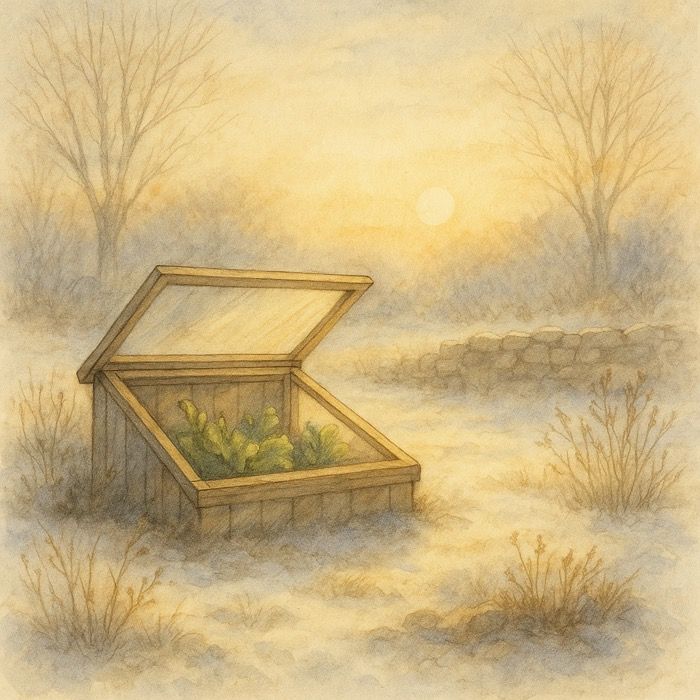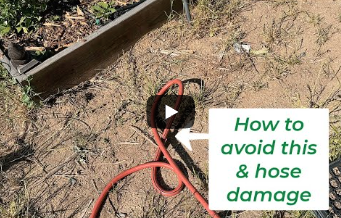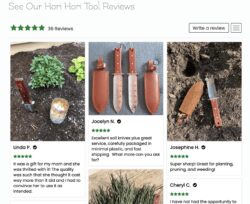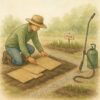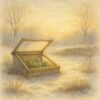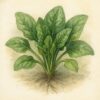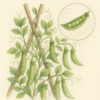When to Harvest Lavender – A Gardener’s Guide
How and when to collect your lovely lavender
Lavender is a beloved herb, cherished for its fragrant flowers and versatile uses. Here at Celtic, we have an abundant lavender field that blooms right as summer hits us, and it’s’ one our favorite times of year. Whether you’re growing lavender like us, or just have a few plants, harvesting lavender for essential oils, culinary purposes, or simply to enjoy its beautiful blooms, knowing the right time to harvest is crucial. In this guide, we’ll walk you through the optimal times and techniques for harvesting lavender to ensure you get the most out of your plants.
Understanding Lavender Varieties
Before diving into the specifics of when to harvest lavender, it’s important to recognize that there are several varieties of lavender, each with its own unique characteristics. The most common types include:
- English Lavender (Lavandula angustifolia) – Known for its sweet aroma and is often used in cooking and for essential oils.
- French Lavender (Lavandula dentata) – Features toothed leaves and a strong fragrance, popular in decorative gardens.
- Spanish Lavender (Lavandula stoechas) – Identified by its distinct “rabbit ear” petals and used primarily for ornamental purposes.
Optimal Harvesting Time
- Identify the Blooming Stage
- Flower Bud Stage – For the highest concentration of essential oils, harvest lavender when approximately half of the flower buds have opened. This stage is ideal for making essential oils, sachets, and dried flower arrangements.
- Full Bloom Stage – If you prefer a stronger visual appeal in your arrangements, wait until the majority of the flowers have opened. This is best for fresh bouquets and culinary uses.
- Best Time of Day
- Harvest lavender in the early morning after the dew has dried but before the heat of the day. This is when the essential oil content is at its peak, providing the most fragrant and potent harvest.
Harvesting Techniques
- Tools You Need
- Use a sharp pair of pruning shears or a sickle to ensure a clean cut without damaging the plant.
- Cutting the Stems
- Cut the stems about 1-2 inches above the woody part of the plant. This encourages healthy growth and prevents the plant from becoming too woody.
- Bundling for Drying
- Gather the cut stems into small bundles and secure them with rubber bands. Hang the bundles upside down in a dark, well-ventilated area to dry. This method preserves the color and fragrance of the lavender.
Post-Harvest Care
- Drying
- Allow the lavender to dry completely, which usually takes about 2-4 weeks. Once dried, you can strip the buds from the stems for use in various crafts and recipes.
- Storing
- Store dried lavender in an airtight container, away from direct sunlight and moisture, to maintain its potency and fragrance.
Common Uses for Harvested Lavender
- Essential Oils – Distill the flowers to extract fragrant oils for aromatherapy, skincare, and cleaning products.
- Culinary Delights – Use lavender in baking, teas, and savory dishes to add a unique floral note.
- Crafts and Decor – Create sachets, potpourri, and wreaths with dried lavender to infuse your home with its calming scent.
Final Tips
- Regularly check your lavender plants throughout the growing season to identify the perfect time for harvesting.
- Experiment with different harvest times to discover what works best for your specific needs and preferences.
By following these guidelines, you can ensure a bountiful and fragrant lavender harvest. Happy gardening!
Our Lavender Products
Looking for high-quality lavender products? Check out Our US Farm Grown Lavender for a wide range of items including lavender salve, dried lavender buds, and more!
More From Our Master Gardener
Recent Posts

❄️ Snow as Fertilizer – The Truth About “Poor Man’s Nitrogen”

5 Unexpected Winter Weed Control Strategies (That Don’t Involve Mulch)

Harnessing Winter Sun – Passive Solar Tricks for Your Garden

How to Grow Spinach – The Ultimate Beginner’s Guide for Tender, Nutritious Leaves

How to Grow Peas: The Ultimate Beginner’s Guide for Sweet, Crisp Harvests

